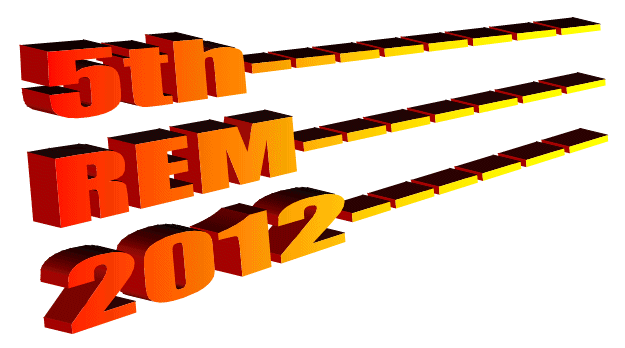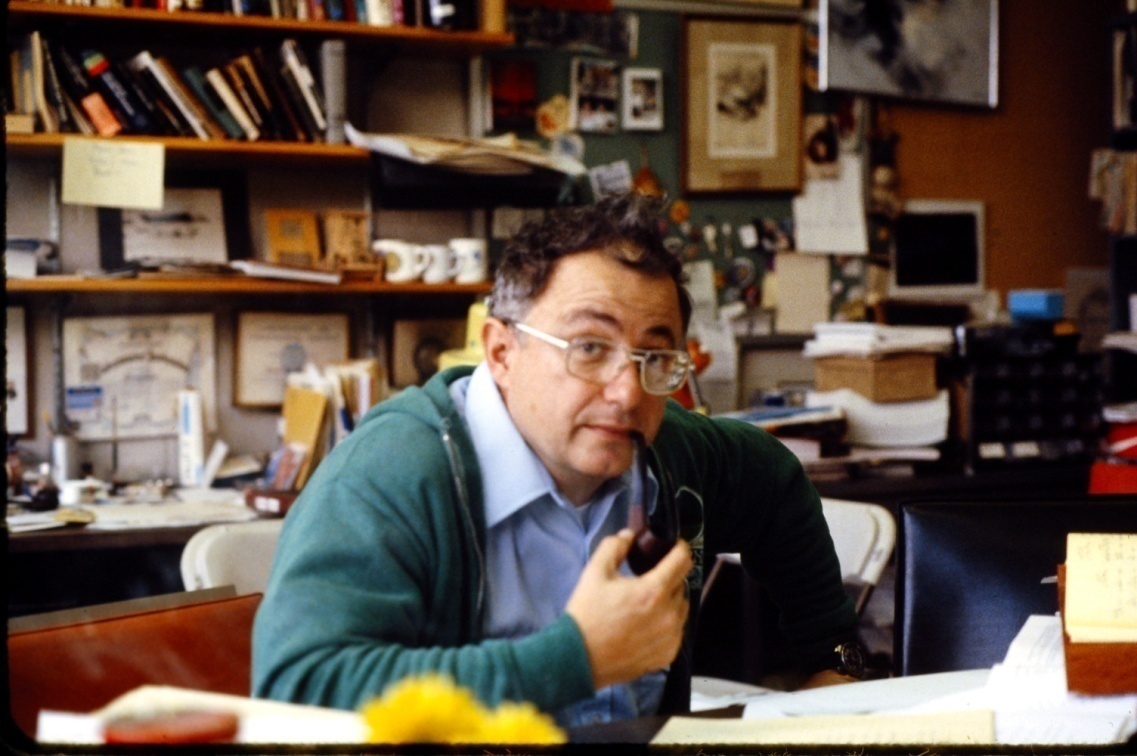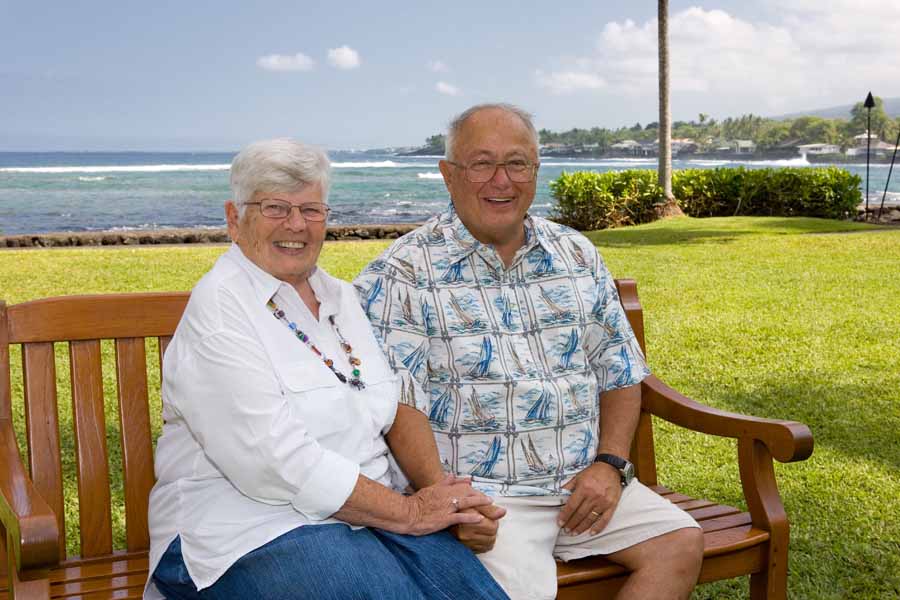 |
FIFTH
INTERNATIONAL MEETING ON RECENT DEVELOPMENTS IN THE STUDY OF RADIATION
EFFECTS IN MATTER.
Royal Kona Resort, Kona, Hawaii, USA
1st -5th July, 2012 |
| LINKS Home Important dates Programme Abstract Submission Registration Manuscripts Venue Lodging Festschrift Organizers History Photos |
 |
Festschrift. The 5th International Meeting on Recent Developments in the Study of Radiation Effects in Matter will be organized to honor James W. Mayer for or his many important contributions in the field of ion-solid interactions. Jim Mayer's accomplishments played a critical role in the initiation of three exceptional scientific and technological advances: (i) the development of the solid-state detector; (ii) the birth of the field of ion beam analysis of materials, and (iii) the pioneering of the application of ion implantation to semiconductors. These interrelated advances changed the course of how low energy nuclear and atomic physics were conducted, created an entirely new characterization tool for the study of thin film science, and impacted all of the microelectronics industry.
|

| The concept of the surface-barrier particle detector that Mayer first developed served as a cornerstone for the rapid development of |
In the second critical advancement, Mayer played a pivotal role in the application of particle detectors to the fledgling field of ion beam analysis (often referred to as Rutherford Backscattering Spectrometry or RBS) and the development of this field into a major analytical tool. Mayer went on to literally define many of the advances in thin film science of the 1970's and 80's, including thin film reactions and kinetics (especially of metal silicides), solid phase regrowth of semiconductors, ion beam mixing for the formation of metastable alloys, implantation disorder and impurity location in semiconductors, and the study of thin dielectric films.
The third major advance that Mayer played a role in was the rapid surge of industrial interest in ion implantation of Si, starting around 1965. In the early years Mayer and his coworkers used ion channeling to understand defect production during dopant ion implantation into Si, the recovery of this damage, and the activation of dopants during subsequent anneals, thereby making ion implantation a viable tool for the production of integrated circuits. In fact, by 1967, Jim had already been chosen by Academic Press to author the first monograph on Ion Implantation of Semiconductors and by 1970 ion implantation first began being used in the commercial production of integrated circuits.
James Mayer's impact in these 3 areas can not be overestimated. His lifetime of work has resulted in more than 750 papers and 12 books which have garnered in excess of 17,000 citations (ISI listed Jim as one of the 1000 most-cited Contemporary Scientists between 1965-1978). He has mentored 40 PhD students and numerous postdoctoral scholars during his academic career at Caltech, Cornell and Arizona State Universities.